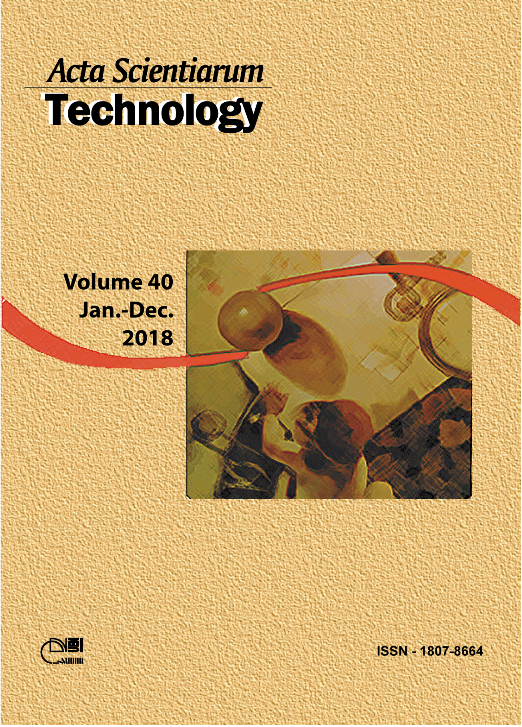<b>Influence of relative stiffness on the behavior of piled raft foundations
DOI:
https://doi.org/10.4025/actascitechnol.v40i1.35209Keywords:
piled raft, numerical analysis, piles, relative stiffness.Abstract
The behavior of piled foundations is influenced by several factors, especially those related to the geometry of the foundations, the number of piles, the height of the element that tops the piles and the type of soil in which the foundations are inserted. Given the various situations and variations of parameters to be analyzed, it is common to use numerical modeling for the analysis of geotechnical engineering problems. The piled rafts in this article are numerically analyzed by means of the three-dimensional finite element method using CESAR-LCPC® v.5 software. Thus, it was possible to conduct various analyses of piled rafts by varying the amount of piles and the thickness of the raft supported on the soil and piles. The results demonstrate that piled raft foundations tend to make displacements uniform, thus minimizing problems with differential settlement in structures. The thickness of the plate of the piled raft influences the load distribution in the piles under the raft when the piles are supported on the ground. The relative stiffness (Krs), which is the `stiffness´ of the piled raft combined with the soil, increases with increases in the amount of piles and the thickness of the piled raft.
Â
Downloads
Downloads
Additional Files
Published
How to Cite
Issue
Section
License
DECLARATION OF ORIGINALITY AND COPYRIGHTS
I Declare that current article is original and has not been submitted for publication, in part or in whole, to any other national or international journal.
The copyrights belong exclusively to the authors. Published content is licensed under Creative Commons Attribution 4.0 (CC BY 4.0) guidelines, which allows sharing (copy and distribution of the material in any medium or format) and adaptation (remix, transform, and build upon the material) for any purpose, even commercially, under the terms of attribution.
Read this link for further information on how to use CC BY 4.0 properly.



















8.png)




